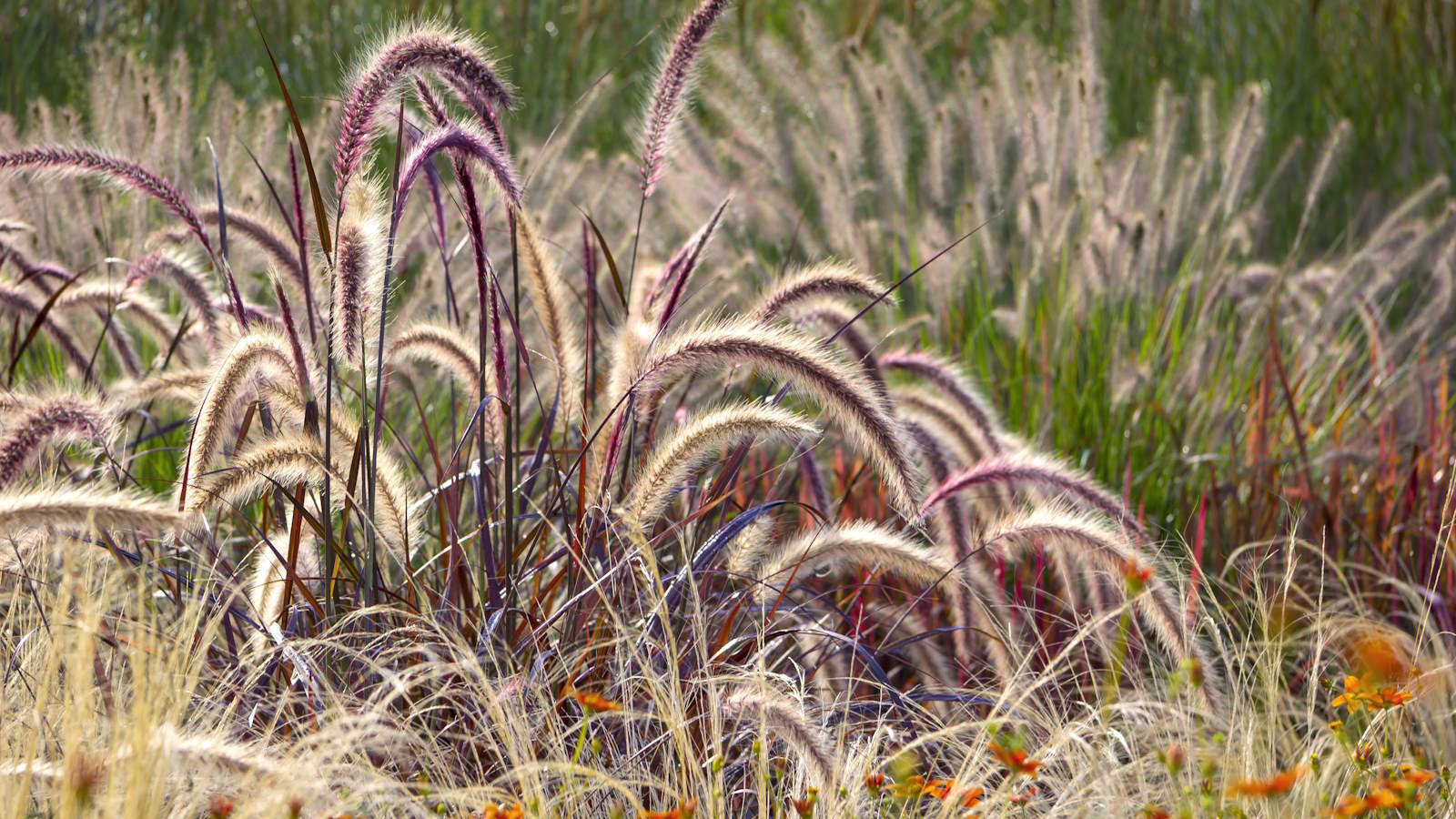
Hayfever is a problem for many gardeners most summers, and this year seems to be one of the worst seasons for some time.
As an asthmatic and hayfever sufferer myself, I have found this summer tough going in the garden, and have often been driven indoors by streaming eyes, and an unattractively dripping nose. Which is wholly inconvenient, seen as gardening is a huge part of my life and work.
There are lots of flowers that are good to grow if you're a hayfever sufferer, but what else can we gardeners do to minimise the effects of hayfever on our favourite hobby?
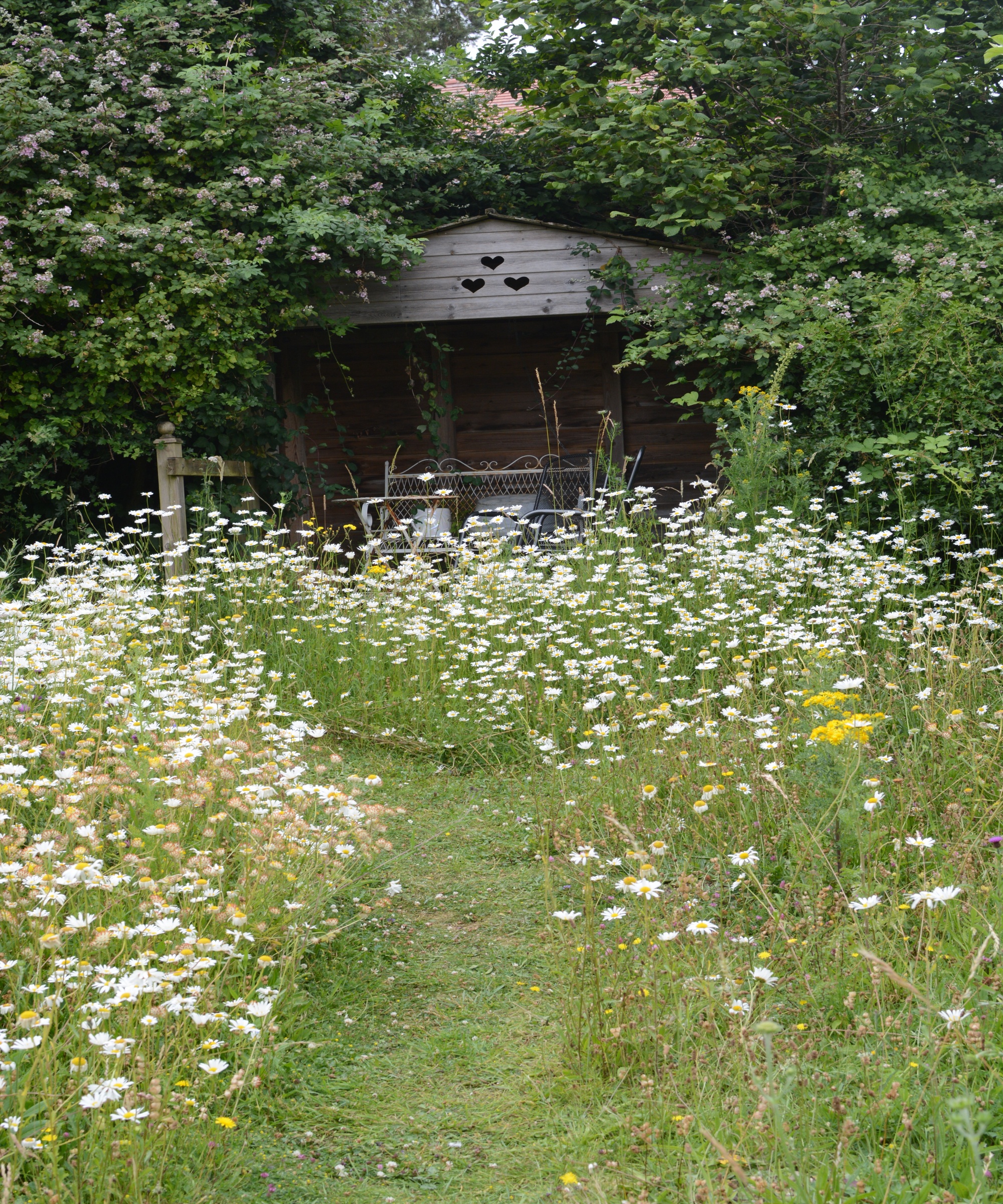
What is hayfever and how does it affect us?
Hayfever, also known as allergic rhinitis, occurs when your body’s defence mechanisms are triggered by airborne pollen, a usually harmless substance.
The symptoms can start as early as March when trees release their pollen, and run right through to the fall.
Symptoms include itchy, watery eyes, sneezing and a runny nose, an annoying cough that’s triggered somewhere at the back of your throat, a sore or ‘scratchy’ throat, headache and tiredness.
Being outside is obviously bad for sufferers, and you may also need to allergy-proof your home. But there is no need to stop gardening if you're a hayfever sufferer, and here I look at the six best ways of reducing your sensitivity to the allergy.
1. Garden at a 'safe' time of day
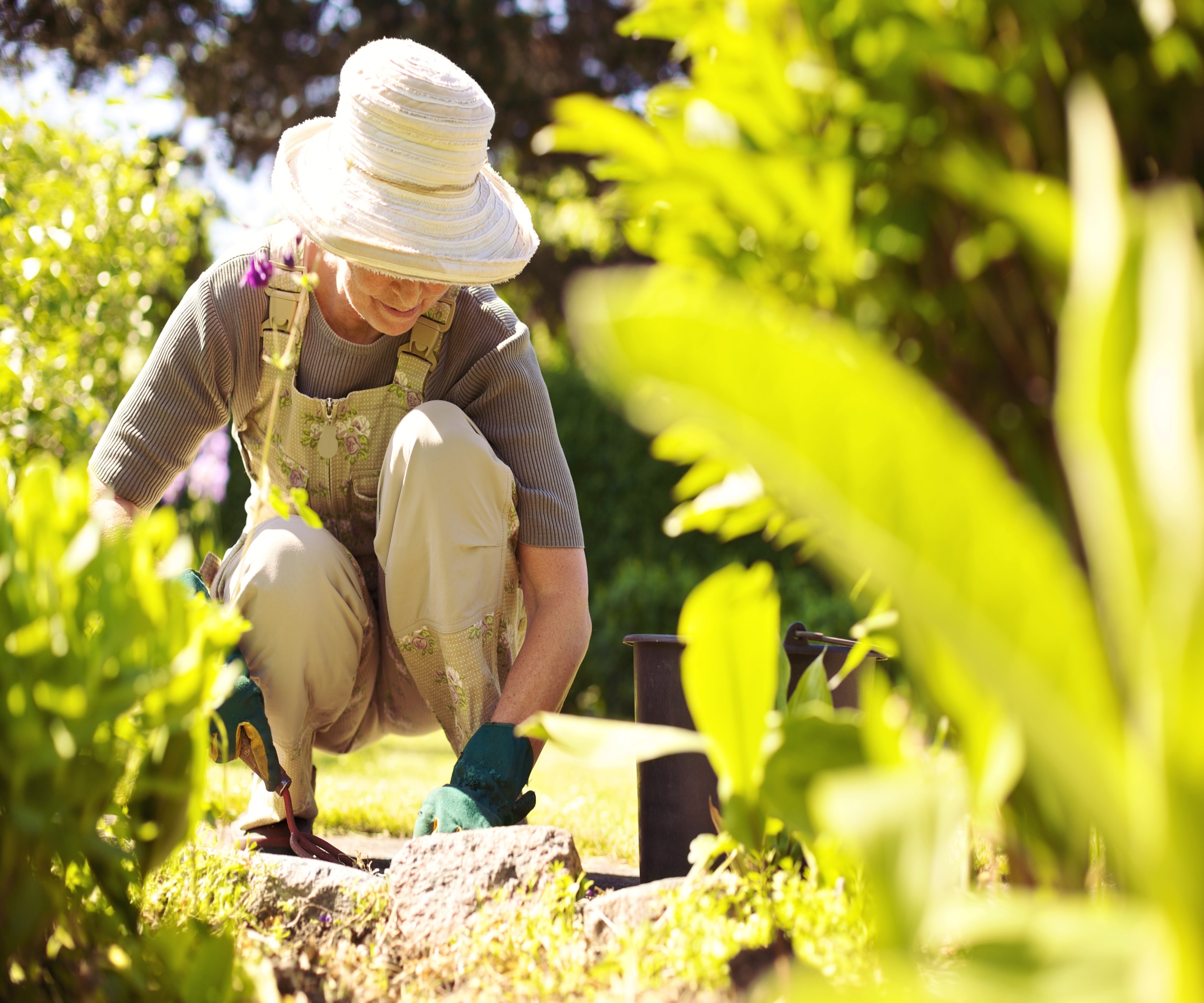
Most plants release pollen in the morning and evening, so avoid these times if you can. The best time of day for gardening when you are a hayfever sufferer is mid-afternoon, though in summer this can be when the heat is at its most fierce.
If you are out gardening in the heat of the day, always remember to wear plenty of sunscreen, a long-sleeved loose cotton top and trousers, wide-brimmed sunhat - this hat from Amazon is absolutely ideal - and wrap-around sunglasses.
The glasses prevent pollen from irritating your eyes, and the hat will stop pollen settling on your hair.
2. Grow flower varieties that don't rely on wind pollination
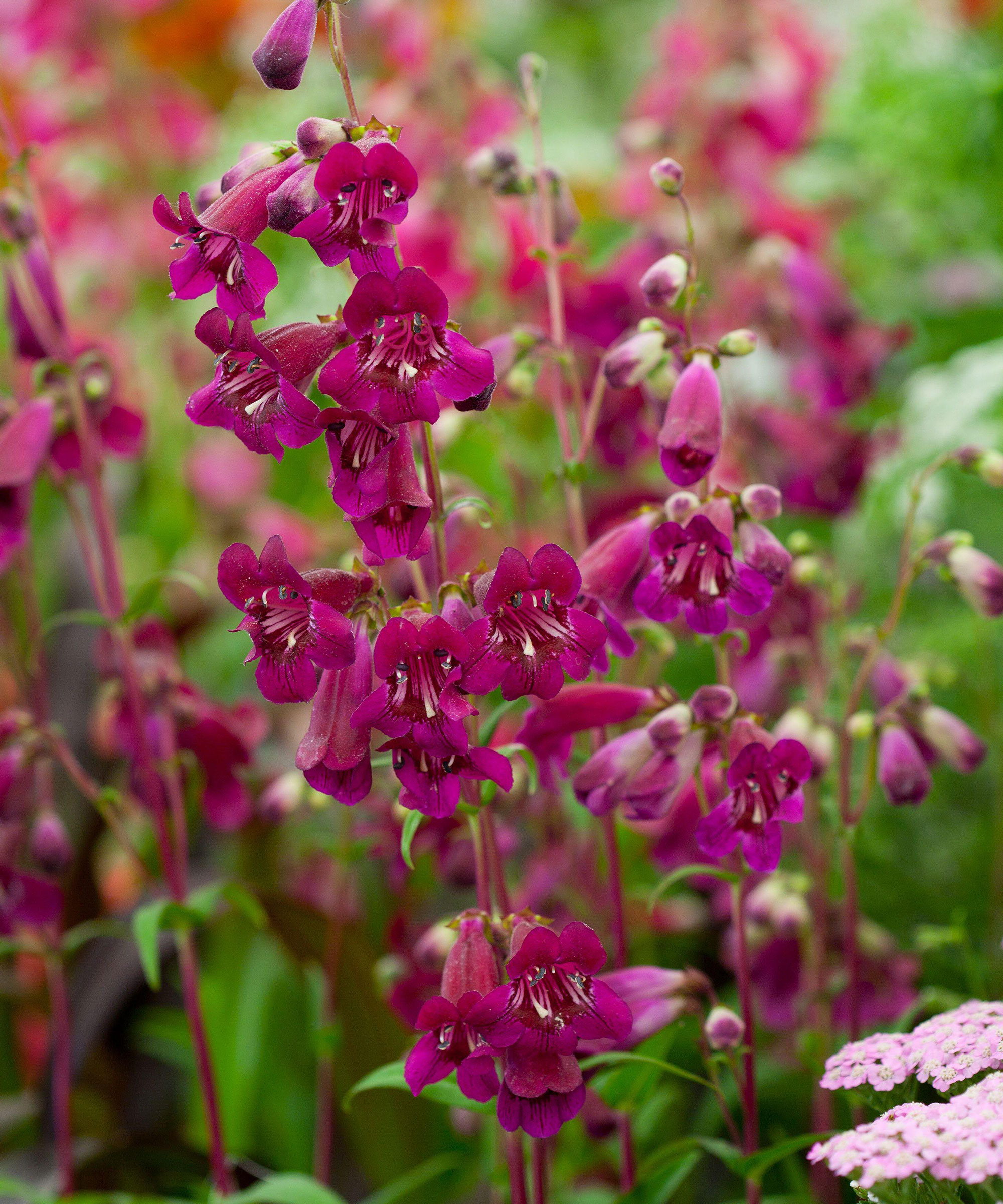
Growing a wider variety of plants in your yard reduces the prevalence of one variety that might be pollen-rich.
Choose plants that rely on insects for pollination rather than wind, as these will produce less airborne pollen. This doesn't limit you, as there is a wide variety of cut flowers for the garden and the vase that you can grow if you suffer from hayfever.
You should also think of penstemons and hardy geraniums, or cranesbills as they are also known. They are low-pollen and low maintenance and many are attractive purple plants for a dramatic border. They are excellent low-allergy choices and have long flowering seasons without aggravating hayfever.
Other good choices include those cottage garden favourites, such as foxgloves and bellflowers (the bell-shaped blooms help to trap the pollen), delphiniums, irises and clematis.
Avoid varieties that rely on the wind for pollination. These include daisies, chrysanthemums, asters, dahlias and sunflowers. If you are keen on plants that flower into the fall, consider roses and canna lilies instead of dahlias and chrysanthemums.
3. Grow fruit or flowering trees
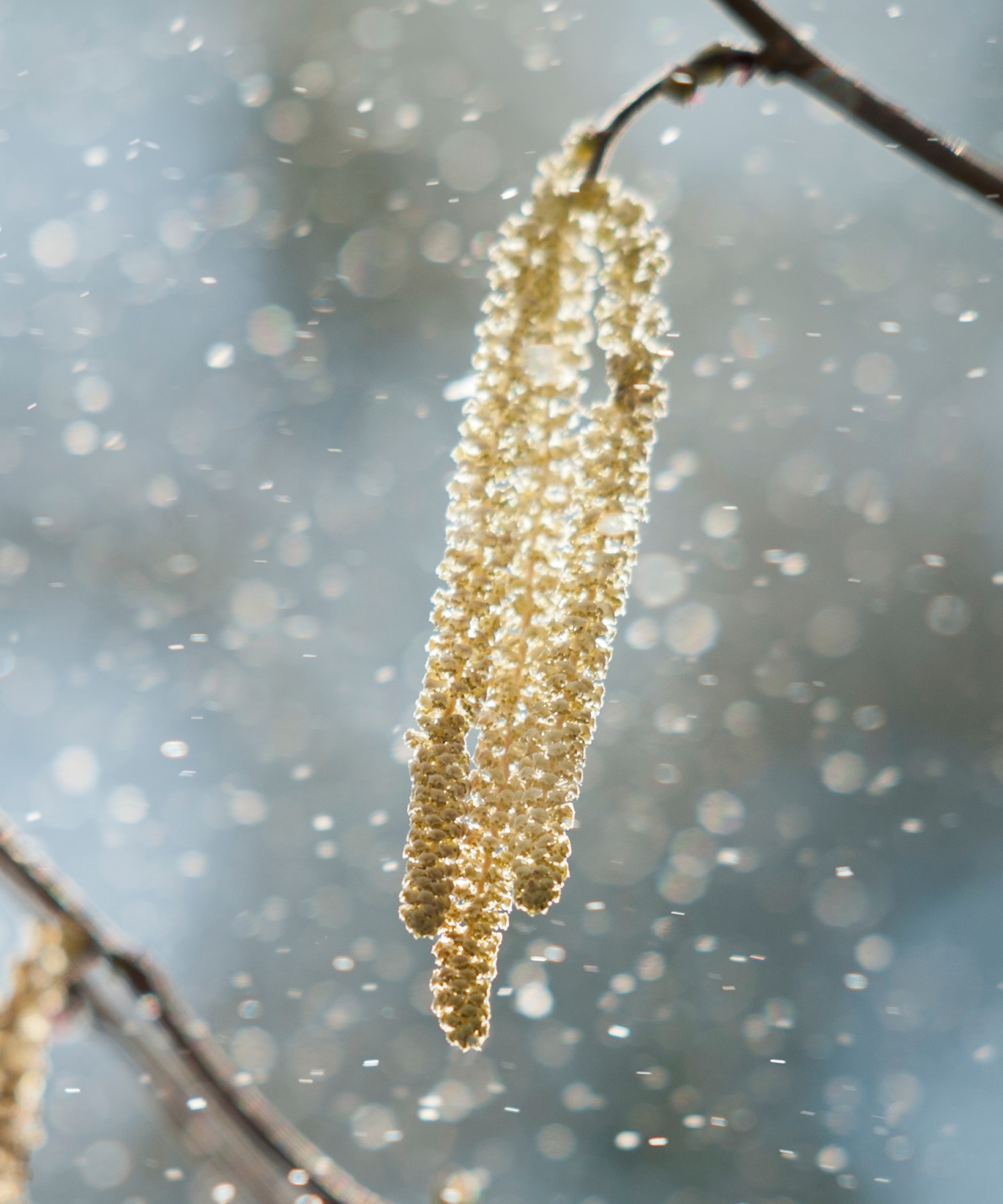
Trees that are pollinated by the wind, such as ash, oak, hazel, horse chestnut, and sycamore produce a heavy pollen load that is blown far and wide in the wind, which can increase the suffering of hayfever sufferers, especially early in spring.
When planning your garden, opt instead for fruit trees and flowering trees and bloom-laden shrubs that produce blossom instead of catkins.
4. Keep your grass short
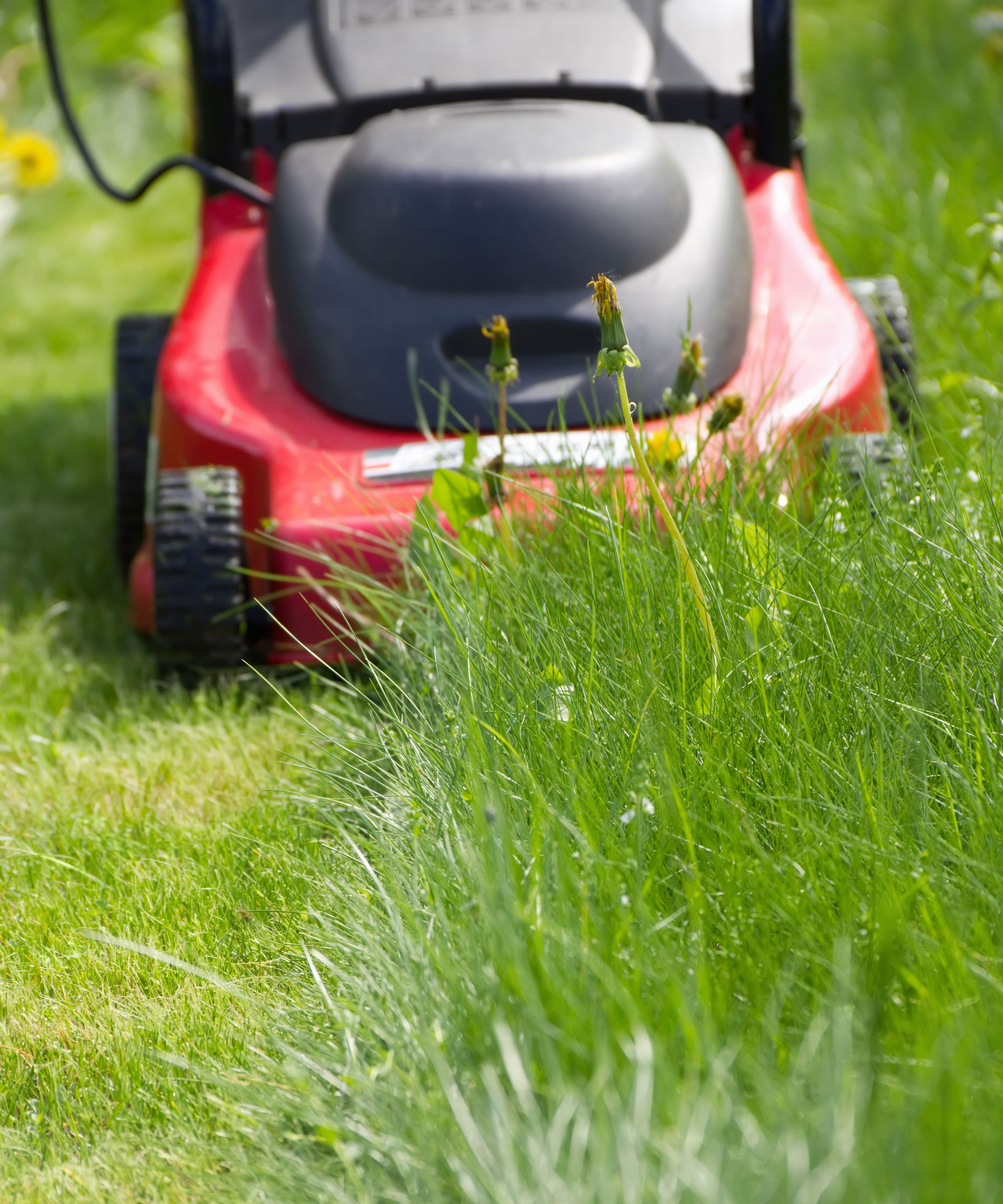
While we absolutely approve of the current trend for wildflower meadow lawns that attract and benefit pollinators, all those pollen-producing grasses and plants can play havoc with the health of hayfever sufferers,
Grass pollen affects 95% of hayfever sufferers, so mow your lawn regularly to ensure the grass doesn’t have the time to grow and flower, when it will release its pollen.
Also get rid of lawn weeds without killing your grass, as they will add to your irritation by releasing pollen if left to flower.
(Needless to say, I haven't followed my own advice and have a lawn full of daisies and long grass, which while beautiful is making me sneeze a lot.)
5. Watch out for mold
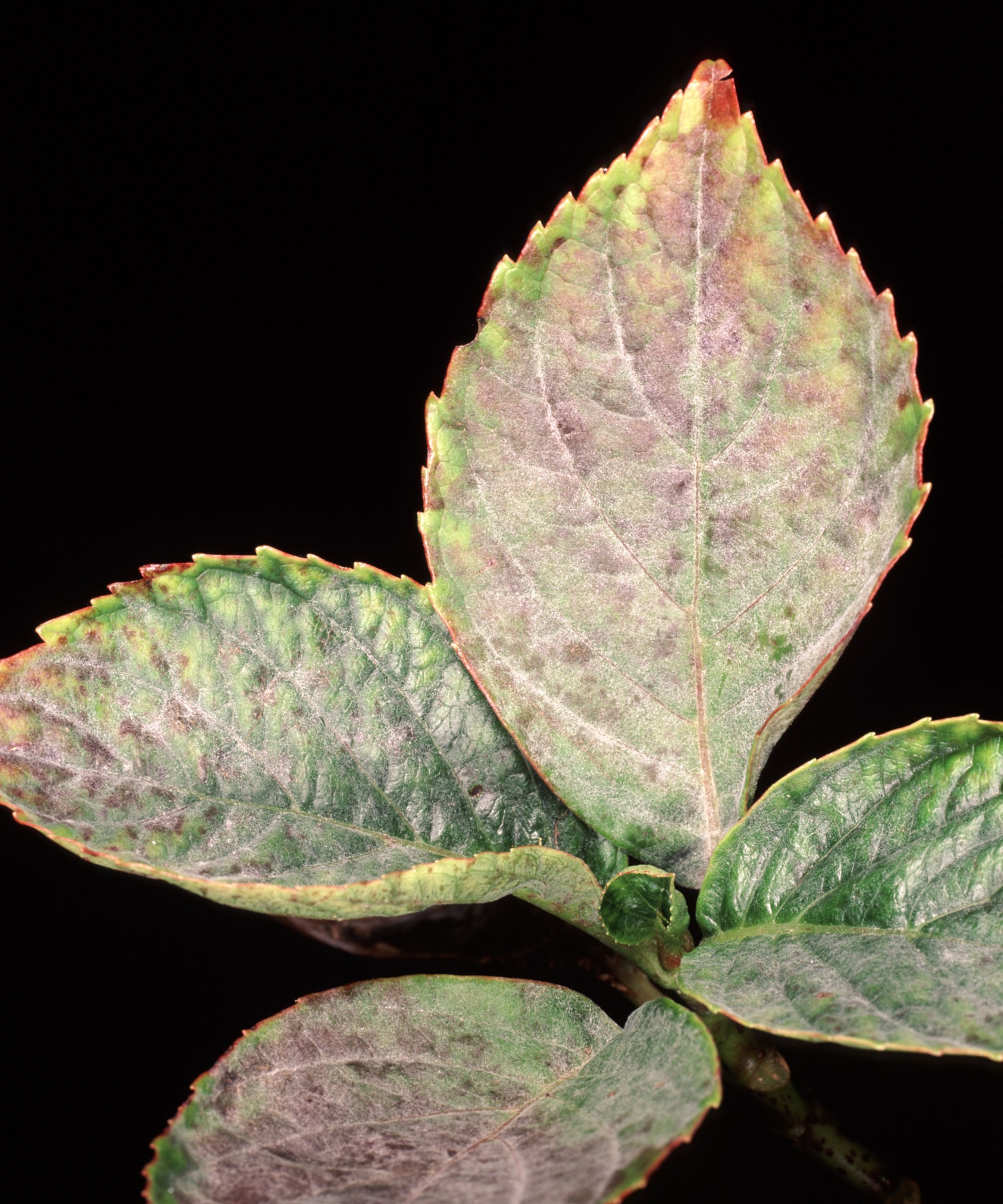
Mold and spores released by compost and plant diseases such as powdery mildew can cause as many problems for hayfever-sensitive gardeners as pollen.
Help your garden thrive and reduce molds and spores by buying healthy plants and giving them enough room to grow well so they aren’t cramped for space. This will mean there is enough room for good airflow between each one, and reduces the risk of fungal diseases in plants.
Fertilize and water plants consistently and if you do spot signs of disease on plants, remove the affected material immediately, adding it to the dustbin - not the compost heap.
Mold also lives in the soil and compost heap and will be blown about when conditions are very dry, so wear gloves and a mask when turning compost or digging - or delegate these tasks to someone else.
6. Keep a separate set of gardening clothes
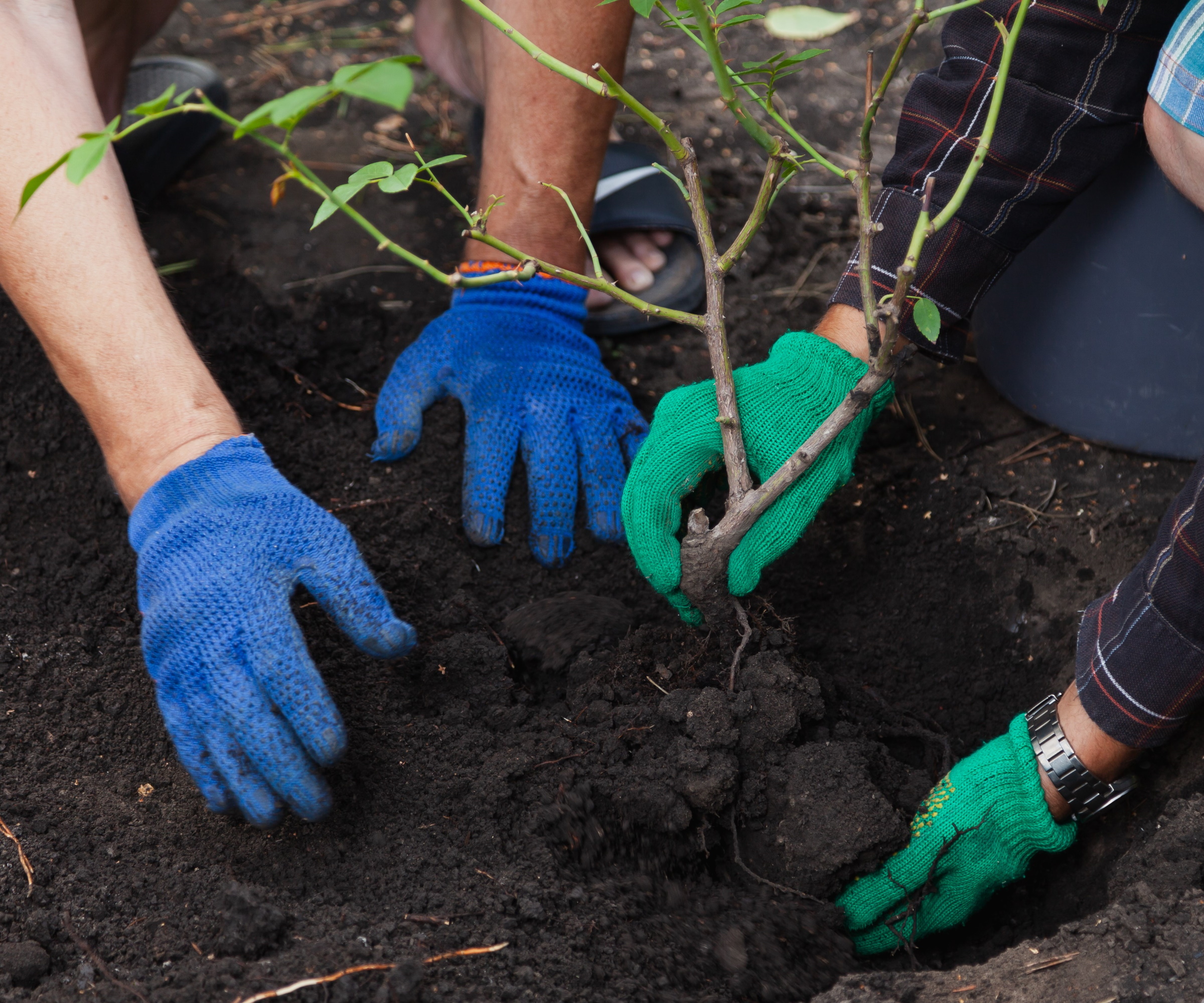
Pollen sticks to clothing, so have a separate set of gardening clothes and kit including a hat, gloves and wrap around sunglasses - these ones are a bestseller on Amazon - that you change out of as soon as you come indoors and wash your gardening ‘uniform’ frequently.
If you can, take a tepid shower as soon as you come in from gardening to wash the pollen off your skin and hair. Remember to make sure you clean mold from the shower, as that can aggravate allergies as well.
FAQs
How can I tell if I’ve got hayfever or a cold?
Hayfever season usually lasts from mid-spring when trees start to release their pollen, to mid-fall when dahlias and other flowers release theirs. Symptoms may come and go depending on which pollens trigger your worst reactions.
Colds are more short-lived, lasting up to a week and with a mild fever and aches, which hayfever doesn’t usually cause.
Do I need to see a doctor about hayfever?
If you have underlying problems such as asthma, lung disease, or frequent sinus infections you may need to see your doctor if you feel your symptoms are severely impacting your standard of life.
Otherwise, talk to a pharmacist who should be able to recommend suitable over-the-counter medication, such as antihistamine tablets, eye drops or nasal sprays.
Do natural remedies work to combat hayfever?
Some people say that eating locally-produced honey can lessen the effects of hayfever, others swear by drinking chamomile tea instead of coffee.
Reducing or cutting out dairy is another much-touted remedy, but as with all natural remedies, shouldn’t be started until you have spoken to a medical practitioner.
One form of natural remedy that might work is smearing a little petroleum jelly such as Vaseline under each nostril to trap pollen before it can get into your nose.
Don’t forget to get rid of weeds throughout the garden, as many of these unwanted plants produce a lot of pollen.
Also avoid lying on the lawn when you relax - try a hammock or think about some comfortable and attractive some outdoor seating ideas so you are raised above the ground where there is better airflow and not as much pollen.







